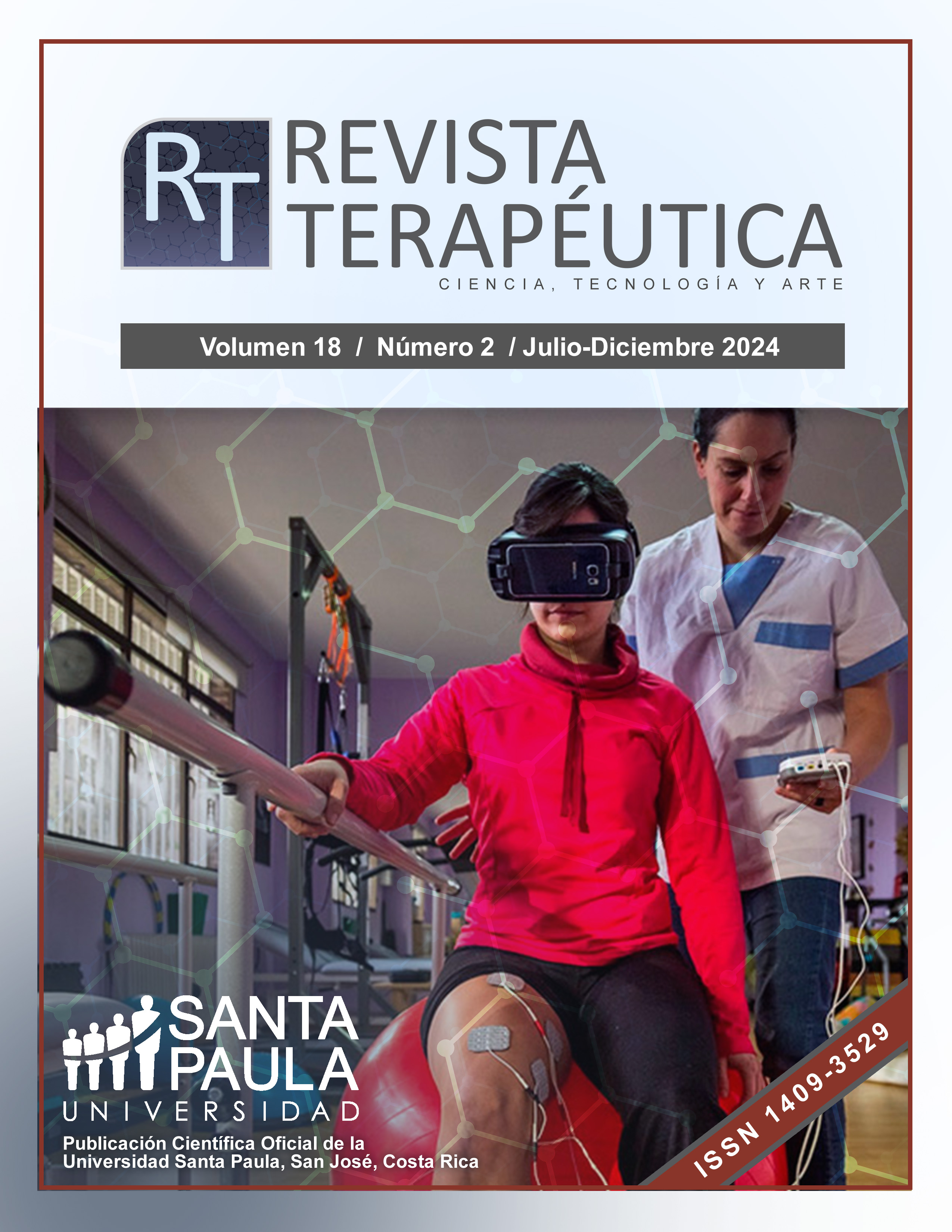Abstract
The integrated curriculum in medicine was first implemented more than 72 years ago. Its approach is very different from the “Flexnerian” curriculum, which divides medicine into basic and clinical sciences, with a great wall between these two large areas. At the same time, educational research supports the change towards teaching models that encourage active learning in medical students, and their students develop competencies that traditional curricula do not normally strongly promote (communication, interpersonal, organizational and management competencies, personal, technological, procedural and cognitive) from the beginning of their learning process. Even so, although the integrated curriculum has shown important advances in medical education, its implementation is difficult, and to date, at least in our country, no medical school presents a fully integrated approach. This review takes a historical overview of the integrated curriculum and, at the same time, emphasizes how its pedagogical aspects go hand in hand with new educational trends of active learning.
References
Drake SM, Reid JL. 21st Century Competencies in Light of the History of Integrated Curriculum. Front Educ[Internet]. 2020;5(122):1-10. doi: 10.3389/feduc.2020.00122
Brauer DG, Ferguson KJ. The integrated curriculum in medical education: AMEE Guide No. 96. Med Teach[Internet]. 2015;37(4):312-322. doi: 10.3109/0142159X.2014.970998.
Sancho-Ugalde HM, Vanegas-Pissa JC. Revisión de la educación médica en Costa Rica: logros y desafíos. FEM[Internet]. 2019;22(4):159-164. Disponible en: https://scielo.isciii.es/pdf/fem/v22n4/2014-9832-fem-22-4-159.pdf
Bandaranayake RC. The Integrated Medical Curriculum. 1a ed. Londrés; Radcliffe Publishing; 2011.
Hopkins R, Pratt D, Bowen JL, Regehr G. Integrating basic science without integrating basic scientists: reconsidering the place of individual teachers in curriculum reform. Acad Med[Internet]. 2015;90(2):149-153. doi: 10.1097/ACM.0000000000000437.
World Health Organization. World Conference on Medical Education, Edinburgh, 8-12 Aug 1988. Ginebra: WHO; 1988 [citado 21/12/2022]. Disponible en: https://apps.who.int/iris/handle/10665/163121/EB83_Inf.Doc-3_eng.pdf?sequence=1&isAllowed=y
Sánchez Santamaría J. Paradigmas de investigación educativa: de las leyes subyacentes a la modernidad reflexiva. Entelequia. 2013;(16):91-103. Disponible en: https://www.researchgate.net/profile/Jose-Santamaria-8/publication/257842598_Paradigmas_de_Investigacion_Educativa_de_las_leyes_subyacentes_a_la_modernidad_reflexiva/links/00463525f9bb30665b000000/Paradigmas-de-Investigacion-Educativa-de-las-leyes-subyacentes-a-la-modernidad-reflexiva.pdf.
Toruño C. Aportes de Vigostsky y la pedagogía crítica para la transformación del diseño curricular en el siglo XXI. Innov Educ[Internet]. 2020;22(33):186-195. Disponible en: https://www.scielo.sa.cr/pdf/rie/v22n33/2215-4132-rie-22-33-186.pdf.
Husain M, Khan S, Badyal D. Integration in Medical Education. Indian Pediatr[Internet]. 2020;57(9):842–847. Disponible en: https://www.indianpediatrics.net/sep2020/842.pdf
Forsey J, Ng S, Rowland P, Freeman R, Li C, Woods NN. The Basic Science of Patient-Physician Communication: A Critical Scoping Review. Acad Med[Internet]. 2021;96(11S):S109-S118. doi: 10.1097/ACM.0000000000004323.
Zhao X, Goldman E, Banani T, Kline K, Brown K, Lee J, et al. The process of curricular integration and its effects on anatomical knowledge retention. Clin Anat[Internet]. 2020;33:960–968. doi: 10.1002/ca.23632.
van der Hoeven D, Zhu L, Busaidy K, Quock RL, Holland JN, van der Hoeven R. Integration of Basic and Clinical Sciences: Student Perceptions. Med Sci Educ[Internet]. 2019;30(1):243-252. doi: 10.1007/s40670-019-00884-1.
Bandiera G, Kuper A, Mylopoulos M, Whitehead C, Ruetalo M, Kulasegaram K, et al. Back from basics: integration of science and practice in medical education. Med Educ[Internet]. 2017;52(1):78–85. doi: 10.1111/medu.13386.
Harden RM. The integration ladder: a tool for curriculum planning and evaluation. Med Educ[Internet]. 2000;34(7):551557. doi: 10.1046/j.1365-2923.2000.00697.x.
Sullivan AM, Krupat E, Dienstag JL, McSparron JI, Pelletier SR, Fazio SB, et al. The Harvard Medical School Pathways curriculum: A comprehensive curricular evaluation. Med Teach[Internet]. 2022;44(11):1268–1276. doi: 10.1080/0142159X.2022.2081142.
González-Rivera PL. Estrategias activas y corrientes pedagógicas en la formación docente. Mendive: Revista de Educación. 2024;22(2). Disponible en: https://mendive.upr.edu.cu/index.php/MendiveUPR/article/view/3625
Bernate JA. Tendencias en los sistemas educativos del siglo XXI. Sophia[Internet]. 2021;17(1):e1015. doi: 10.18634/sophiaj.17v.1i.1015.
Torralba KD, Doo L. Active Learning Strategies to Improve Progression from Knowledge to Action. Rheum Dis Clin North Am[Internet]. 2020;46(1):1–19. doi: 10.1016/j.rdc.2019.09.001.
Wolff M, Wagner MJ, Poznanski S, Schiller J, Santen S. Not another boring lecture: engaging learners with active learning techniques. J Emerg Med[Internet]. 2015;48(1):85-93. doi: 10.1016/j.jemermed.2014.09.010.
Thomas PA, Kern DE, Hughes MT, Tackett SA, Chen BY, editore. Curriculum development for medical education: A six-step approach. 4a ed. Baltimore: Johns Hopkins University Press; 2022.
Flexner A. Medical education in the United States and Canada: A report to the Carnegie Foundation for the Advancement of Teaching. New York: The Carnegie Foundation for the Advancement of Teaching; 1910. Disponible en: http://archive.carnegiefoundation.org/publications/pdfs/elibrary/Carnegie_Flexner_Report.pdf
Frenk J, Chen L, Bhutta ZA, Cohen J, Crisp N, Evans T, et al. Health professionals for a new century: transforming education to strengthen health systems in an interdependent world. Lancet[Internet]. 2010;376(9756):1923--1958. doi: 10.1016/S0140-6736(10)61854-5.
Li KF, Liu BZ, Wu FF, Sun XC, Tian F, Wu YS, et al. Outcome-based student assessment enhances academic performance in basic medical laboratory course. Adv Physiol Educ[Internet]. 2021;45(2):269–75. doi: 10.1152/advan.00157.2020.
Lu C, Xu J, Cao Y, Zhang Y, Liu X, Wen H, et al. Examining the effects of student-centered flipped classroom in physiology education. BMC Med Educ[Internet]. 2023;(23):1-8. doi: 10.1186/s12909-023-04166-8.

This work is licensed under a Creative Commons Attribution-NoDerivatives 4.0 International License.

